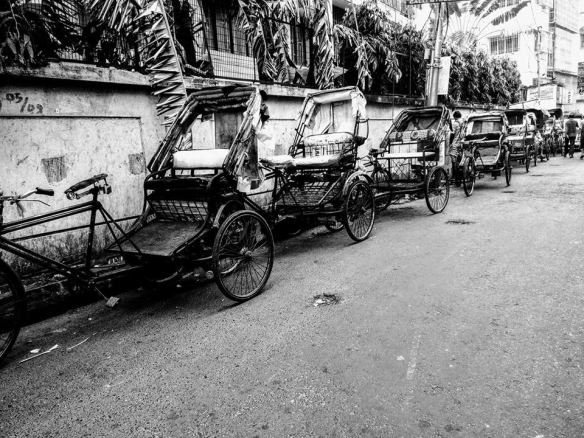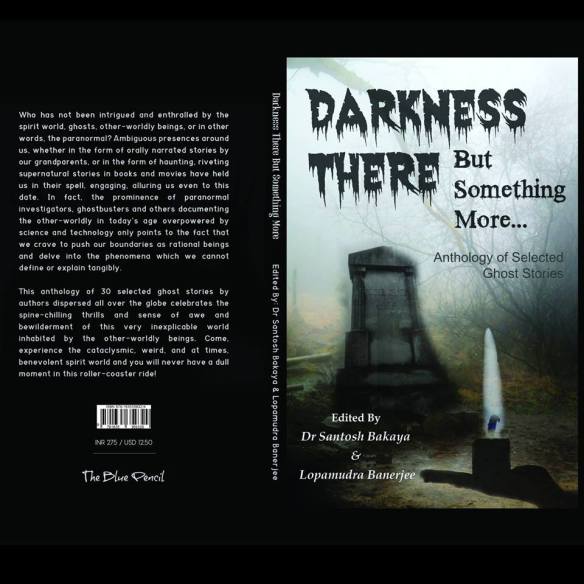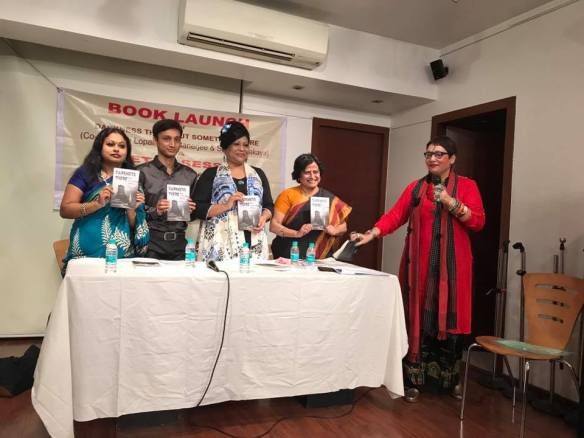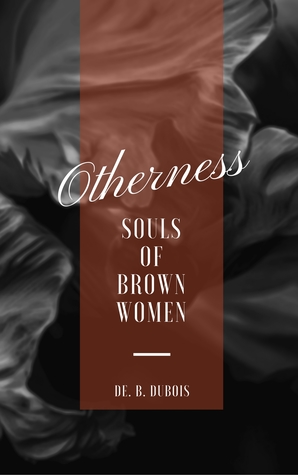“Who is the brown woman? How does she live defined almost solely by her skin colour and all the history it carries? How do we carry racism deep within us even when we think we don’t? These are questions that require deep thought and reflection, and that’s what Otherness encourages us to do. In a world increasingly divided along the lines of colour, despite its apparent modernity, here’s a hard look at the realities that lurk within us, both as individuals and as a society.” 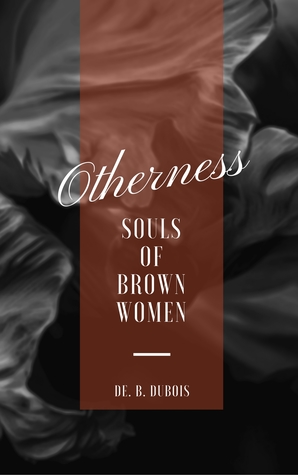
Thus goes the blurb of the recently released book ‘Othernees: Souls of Brown Women’ by author De. B. Dubois. In a brief chat via email, she explained to me the overarching theme of her book and also the social construct regarding skin color and a woman’s identity.
Lopa Banerjee: What, according to you, is ‘the woman of color’? How would you define it in terms of the societal construct, in terms of the realities we see around us? And most importantly, how did it affect you as the author of this book?
De. B. Dubois: According to me, and for the topic of the book “Otherness”, the (textbook) definition of “Women of color” (singular: woman of colour, sometimes abbreviated as WOC) is a phrase used to describe female persons of colour. The term is used to represent all women of non-white heritage, often with regard to oppression, systemic racism, or racial bias.
In the preface, I have mentioned that “Otherness” is an appropriation of William Edward Burghardt “W. E. B.” Du Bois’: The Souls of Black Folk. This book “Otherness” is written from my perspective as a student of sociology, design culture, design research and art, during my Master thesis (research work done on “Perception of Beauty”), where I was examining Eastern and Western print advertisements and how these visuals sub-consciously constructs and constricts our perception of good and evil. For example, if you see a film – any given film – the protagonist is visually represented as someone beautiful compared to the antagonist. Often times, terms such as “ugly”, “dark”, “dirty” and “brown” are associated with either the way the antagonist looks like, or the way the antagonist behaves. Sub-consciously we are allowing visual media to tell us what is to be considered clean (white), dirty (brown), and evil (black). This colour signification is very complex and has been thrown at our sub-conscious through centuries of artwork, literature, religion et al. And the problem of colour is far more devastating in terms of iconoclasm than any other problem – to the point that it white washes any coloured existence. Shockingly, as coloured people, we tend to idolise whiteness at some point.
So, if I have to define the societal construct in terms of the realities we see around us, simply, it would be this: “They don’t like you. They don’t dislike you. You are different. Sooner or later the difference scares people.”
As an Indian Bengali, I am no white person. I might be tall, I might be “paler” than the average Indian, I might even speak three European languages – but visibly I am Brown. Therefore I stand with not just first hand experience of this:“They don’t like you. They don’t dislike you. You are different. Sooner or later the difference scares people.” but also as a witness to other brown-women around me. Especially the ones who were adopted as a baby, and only know the West as their home, and culture; when I get to hear these brown women (my friends who are perfectly integrated within these “white countries” – growing up as a western children with non-coloured parents), phrases such as: “I wish I was fair like you…” – it effects me on a level that simply cannot be expressed in words.
To find out more about author De. B. Dubois and her books, do visit her Goodreads page:
https://www.goodreads.com/author/show/16194571.De_B_Dubois
___
